
New and highly specific migraine drugs have significantly changed the clinical landscape for patients. We talked with Peter McAllister, MD, about where the research goes next.

New and highly specific migraine drugs have significantly changed the clinical landscape for patients. We talked with Peter McAllister, MD, about where the research goes next.

A recent survey queried cluster headache patients to compare cluster headache pain intensity to other painful disorders. The results, highlighted in this quick slideshow, may surprise.
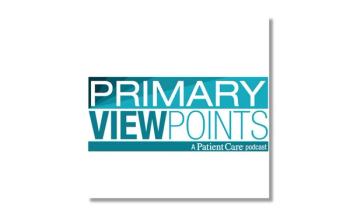
Listen to our newest podcast episode where the lead author of a recent meta-analysis shares his findings on the safety and efficacy of antidepressant medications to treat back and osteoarthritis pain.
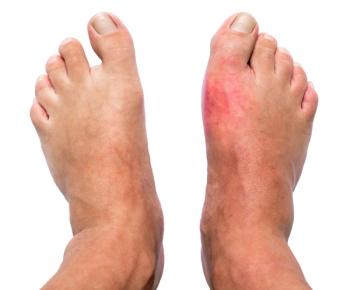
A recent meta-analysis assessed comparative clinical efficacy of NSAIDs and COX-2 inhibitors. Try these 7 questions on the findings - does your clinical experience match?
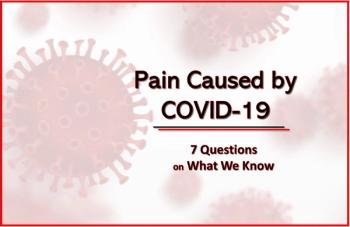
Pain associated with COVID-19 has many causes and may persist after the infection has resolved. Find out what you've learned about pain in the pandemic with these 7 questions.

Cannabis researchers Drs Carrie Cuttler and Rebecca Craft discuss their findings, their labs at WSU, their new research, and what makes this kind of research a challenge.
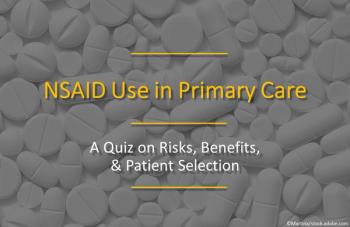
What is the drug of choice in a patient who is taking aspirin for secondary prevention of stroke? Ibuprofen? Celecoxib? Other? Plus 6 more questions on NSAID use in primary care.
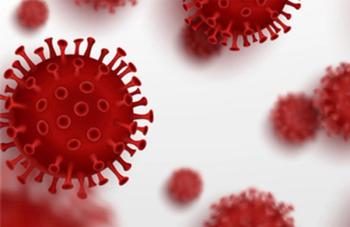
Pain is a common complication of COVID-19 infection, during the illness and afterwards. Click through this summary of new data on acute pain and risk for persistent pain from COVID-19.

Authors of 2 large cannabis-user database analyses discuss the possible reasons for observed dose increase over time by individuals using inhaled cannabis for pain relief.

In animal models, pain relief from cannabis has been found to be greater in females; new research on pain relief from inhaled cannabis in regular users found something different.

Research on pain relief from use of medical cannabis poses myriad challenges. Veteran researchers discuss 2 new studies based on a deep well of user data.
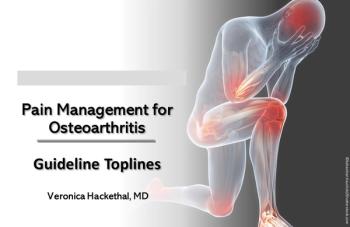
Get a topline review of OA pain management recommendations from the Osteoarthritis Research Society International and the American College of Rheumatology/Arthritis Foundation.

Antidepressants, although guideline-recommended and widely prescribed for common pain conditions, may not be as effective as perceived. Author of a new meta-analysis explains.
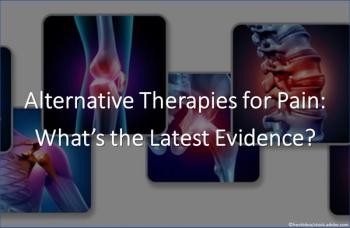
Acupuncture, massage, meditation—what does the latest research say about these and other popular alternative therapies for pain management?

Migraine headaches are a condition commonly seen in primary care. Here is a top-line look at the evidence for efficacy of the wide range of treatments available.

Opioids or opiate-like analgesics? Weight loss, exercise, or orthotics? Sleep interventions or cognitive therapy? What works for OA pain and what's the evidence?
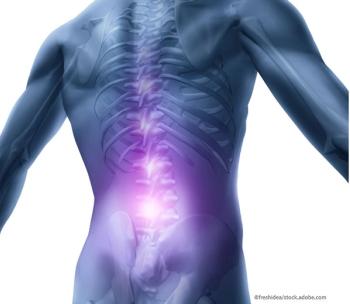
Acute low back pain remains one of the most common reasons for a healthcare visit. Try these 10 questions on a new analysis of risk factors and diagnosis.

Pain specialist Steven King, MD, highlights a new review that looks at the complex, bidirectional relationship between sleep disturbance and chronic pain.
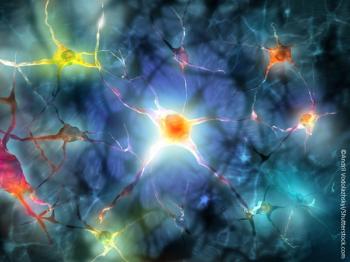
To redefine the word "pain," the IASP invited ethicists and philosophers to assist in the process. A one-time IASP taxonomy task force member highlights the process.
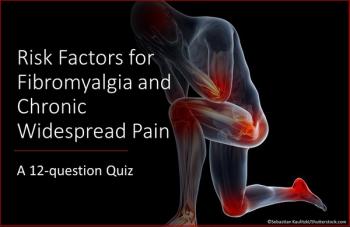
SAMPLE: Based on current research, what is the prevalence of fibromyalgia in the general population? Plus 11 more questions on fibromyalgia and chronic pain.

The new joint guideline recommends topical NSAIDs as first-line therapy for treating acute pain from non-low back musculoskeletal injuries in adults.
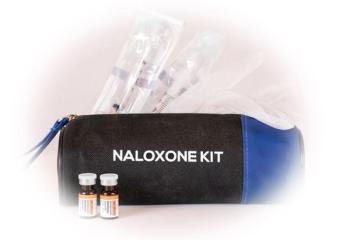
All makers of opioid and opioid use disorder medications must revise labels to recommend discussion and coprescribing of naloxone.

Results of a new study show yoga and physical therapy can be beneficial treatment options for adults with chronic low back pain.

Galt Pharmaceuticals announced FDA approval of Orphengesic Forte (orphenadrine citrate, aspirin, caffeine), to treat acute mild to moderate pain.

The AHRQ evaluates nonopioid medications including NSAIDs, gabapentinoids, antidepressants, and cannabinoids for efficacy in treatment of chronic noncancer pain.